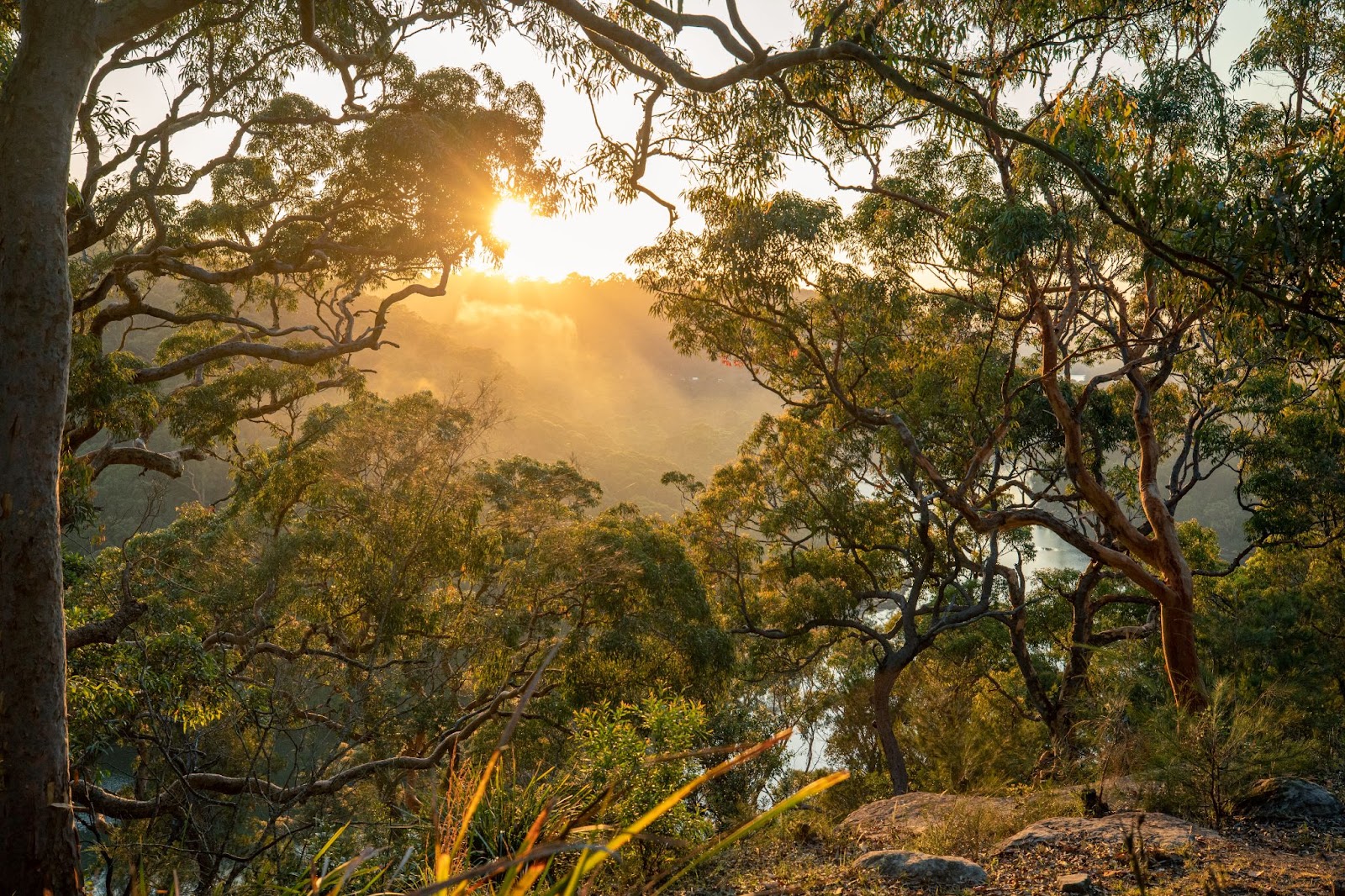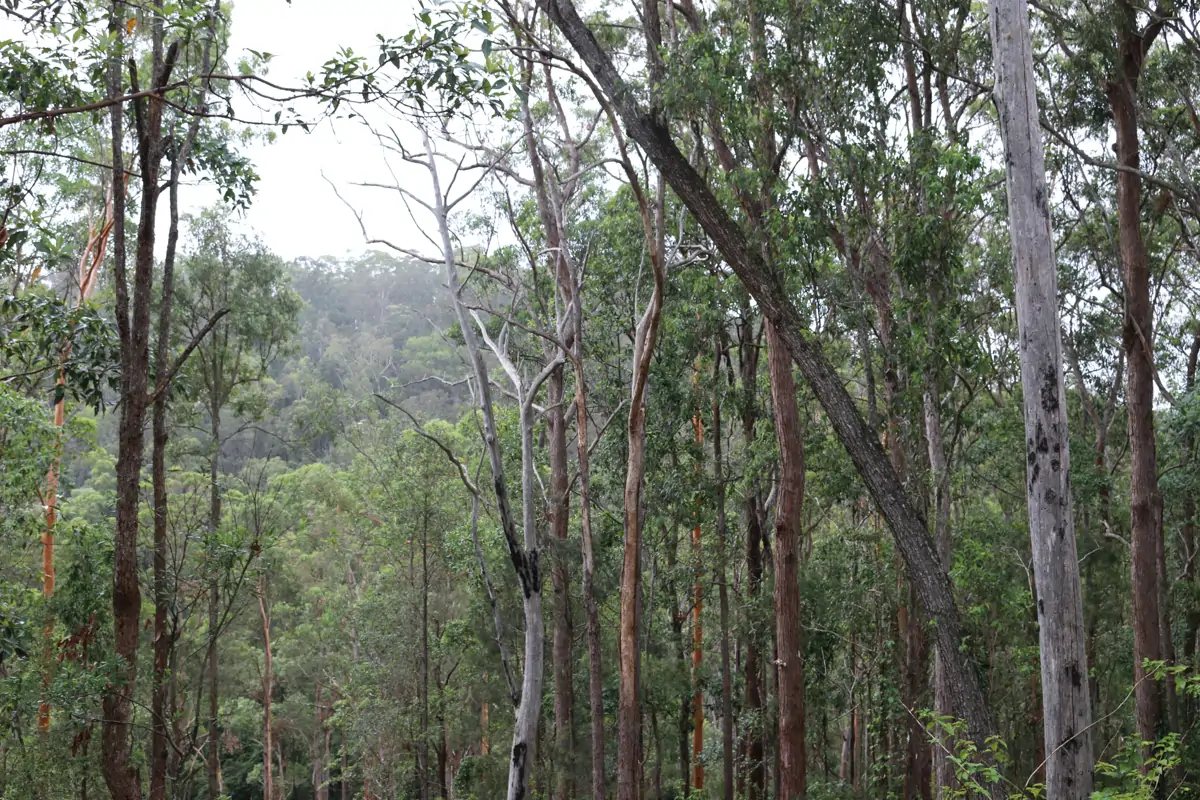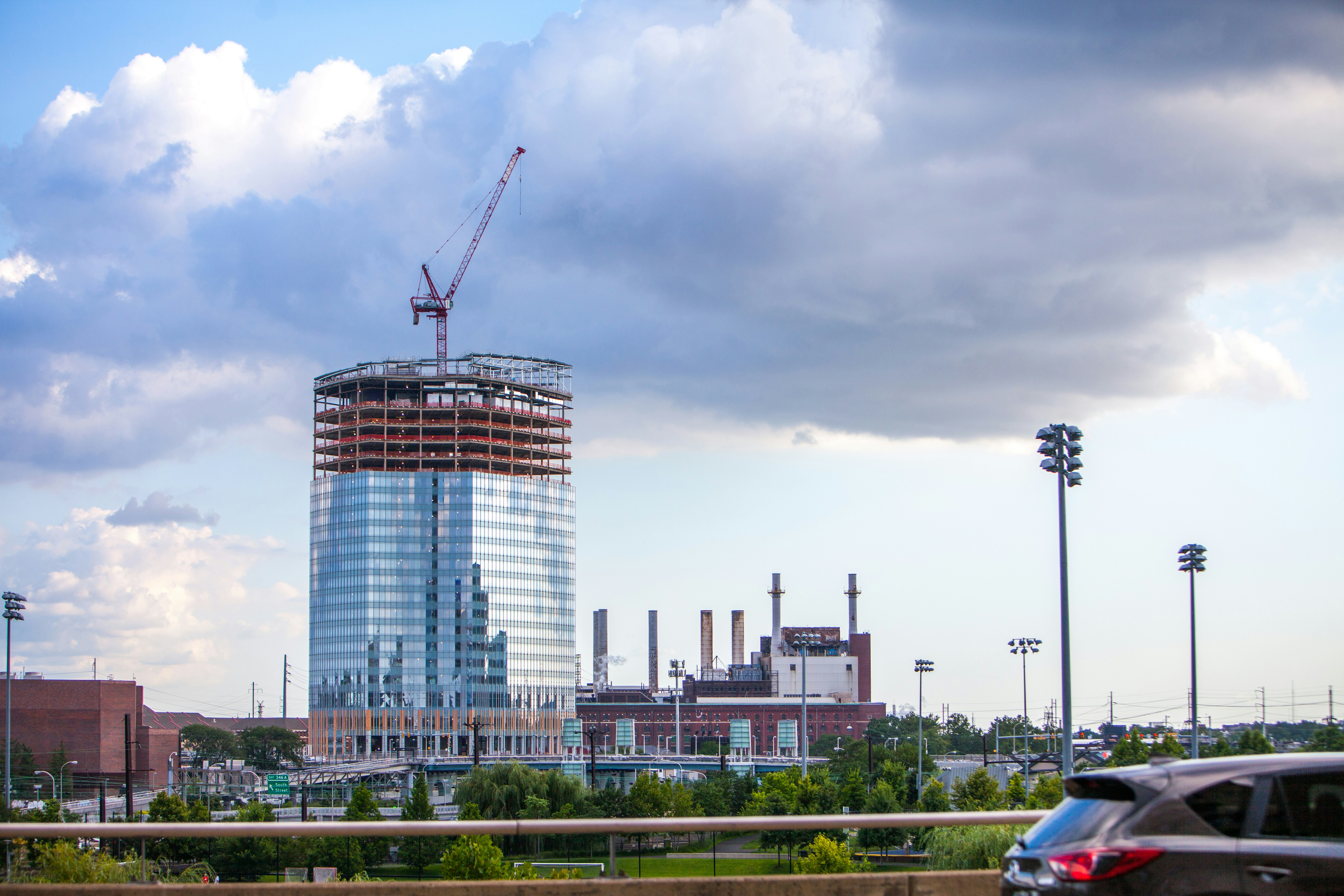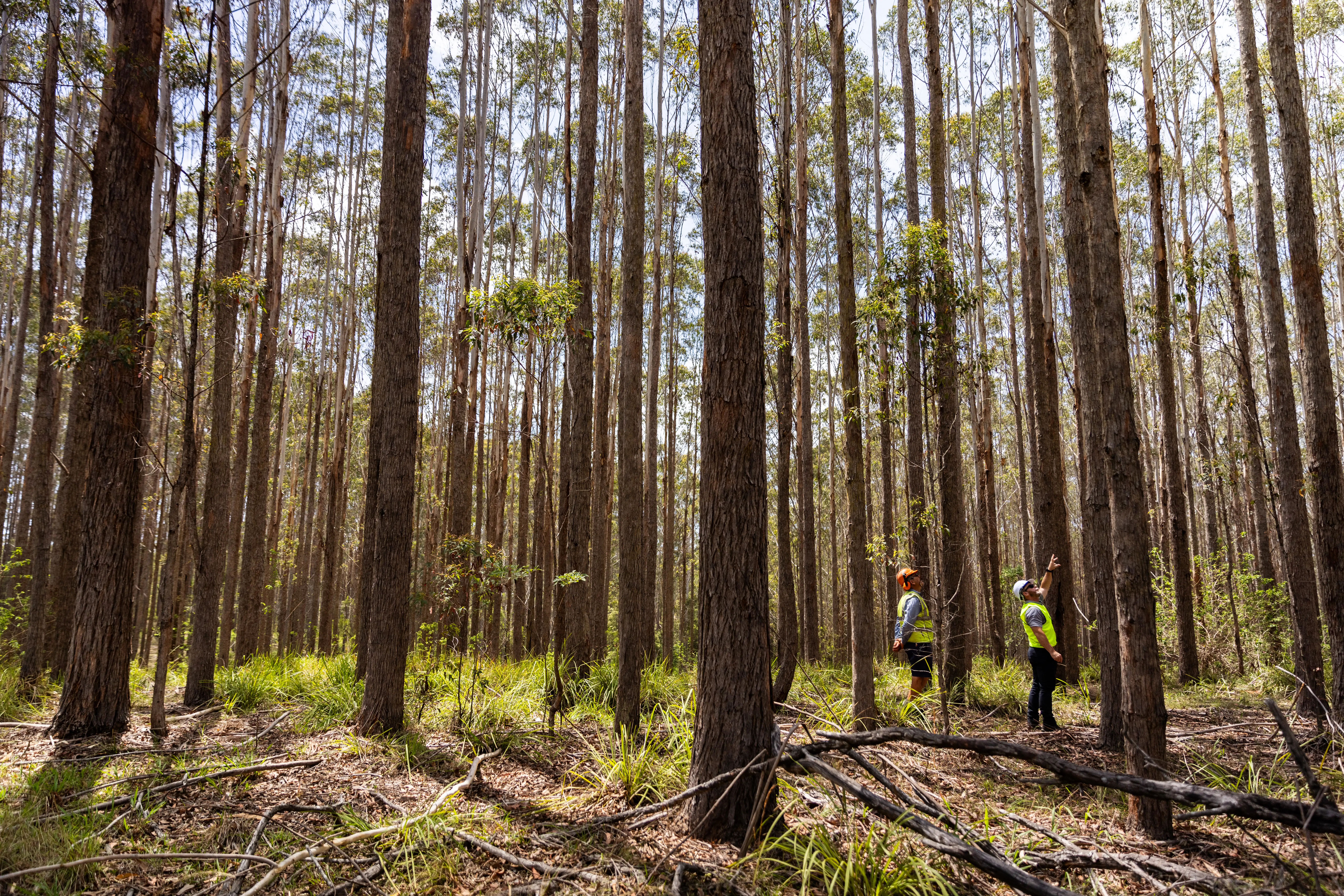‘Native forests and their values are dynamic. Australia’s native forests have evolved with fire, drought and flooding rains. Today’s regrowth forests are tomorrow’s old-growth forests and vice versa.
We should resist the temptation to think of native forests as static with values that can be locked up and protected forever. To effectively manage and balance native forest values requires an active and adaptive approach.’ (Timber, NSW).
Sustainable forestry aims to conserve and restore forests to ensure their longevity by applying active management practices enabling the harvest of timber, whilst encouraging forest health and regrowth as a mixed-aged native forest. Through weighted decision-making that factors in economic, social, and ecological considerations, sustainable forestry can be achieved. There are many examples worldwide from Northern Europe and the US to those on our own shores, in Australia.
In this article, we cover the top six sustainable forest management techniques for native forests. These primarily focus on the active and adaptive management of forests for forest health, wood production, wildlife, aesthetics and bushfire mitigation as well as the tools and techniques used in monitoring and evaluating forests.
List of Sustainable Forest Management Techniques
- Prescribed Fire
Controlled use of fire is the primary method of sustainable forest regeneration and one that has been used for thousands of years here in Australia. An integral part of many active forest management plans, cool, light burns are used to protect the natural habitat, boost biodiversity and reduce forest fuel as a tool to protect people, property and forests from wild bushfires.
Read more about fire as a sustainable forest management technique in our Cultural Burns & Sustainability and The Science Behind Light-Burning blogs.
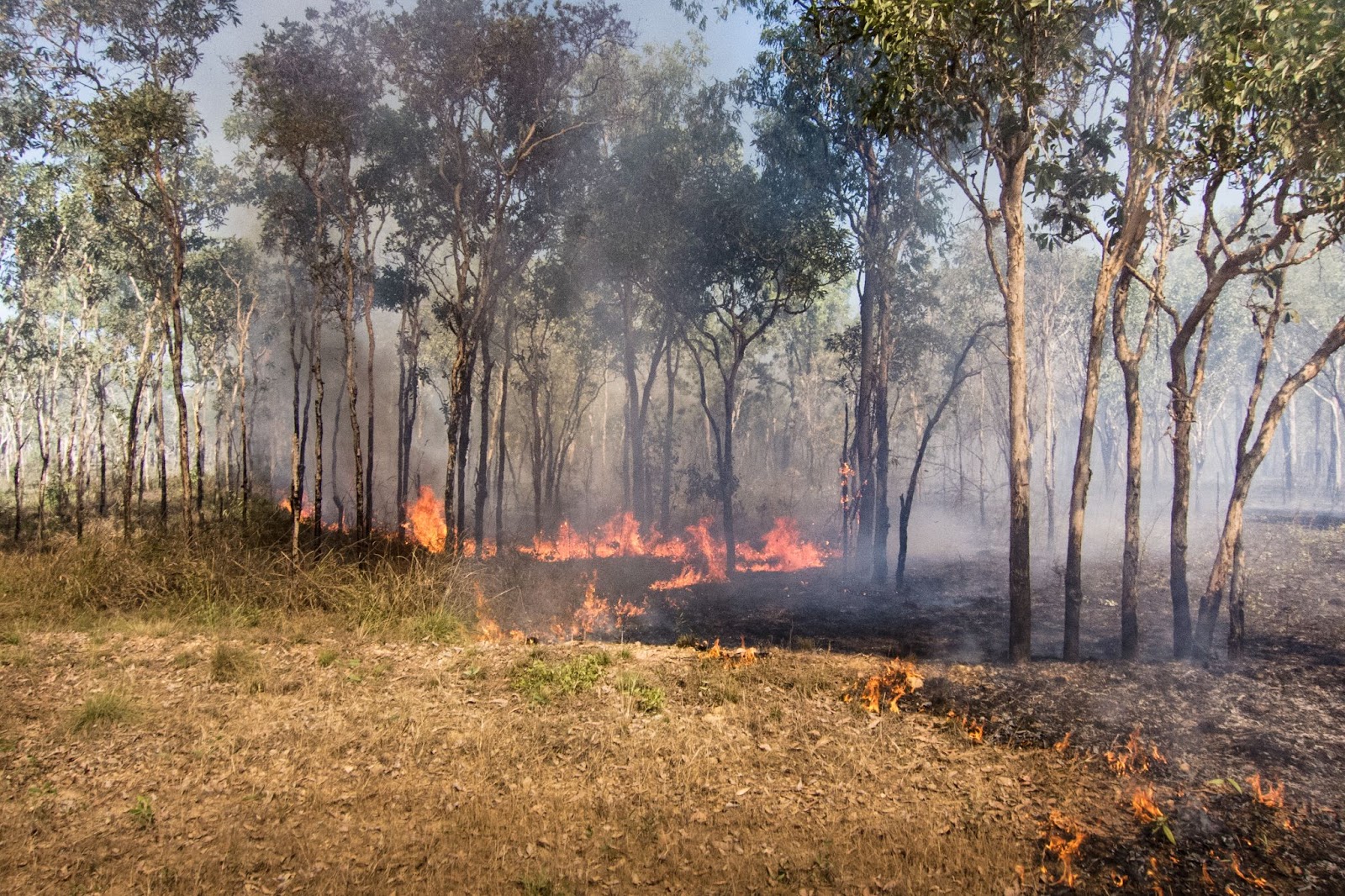
- Forest Thinning & Pruning
Thinning involves the removal of some trees in the stand, generally to promote the health and growth of the trees left behind. Thinning can focus on a number of objectives such as the removal of slow-growing or poorly formed trees to improve the overall quality of the timber stand, the removal of a particular species or timber product type (trees for fence posts or pulpwood for example), to reduce density, to improve water yield or introduce agroforestry, among others.
Active forest management can increase water yield, regulate water flow, and reduce drought stress for a forest. By maintaining good tree coverage, with a healthy undergrowth and a high amount of organic matter in the soil, soil erosion can be minimised and good water quality and infiltration maintained. (Climate Adapt)
In turn, a thinned forest can help improve biodiversity and attract new wildlife species. Thinning can be repeated several times throughout the life of the stand as the remaining trees continue to grow and density increases.
- Timber Harvesting
Sustainable logging by way of Single Tree Selection of a portion of the trees that have reached or surpassed their potential or where purpose requires, leaving behind a mix of predominantly healthy adolescent-aged trees and mixed-age habitat trees.
Once sustainable harvesting occurs this is then followed by replanting or regeneration of land to enable new forests to grow. A well-managed forest can last forever using proven regeneration methods.
The forests in the US Southern states have historically been misused with large-scale burning and removal of mature hardwood trees on a mass scale. In the mid-20th century, when forestry became more intensive and a need for sustaining a supply of timber was realised, thinning and managed regeneration was introduced, significantly growing forest coverage and the forest industry as a result. Between 2010 and 2015 there was 50% more growth in the volume of forests than was removed from harvesting, having a dramatic improvement in carbon sequestration and a positive impact on the environment (Drax)
Read more about Forest Management Options for Private Landowners
- Replanting & Regeneration
Replanting and enabling natural regeneration is an important part of sustainable forest management. For example, post-wildfire or a significant storm, active management of salvaging any damaged trees for timber, clearing space for new regrowth and planting new seedlings. In NSW, almost 5 million tonnes of softwood timber was salvaged post the 2019-20 bushfires, followed by the replanting of over 14 million seedlings to help rebuild NSW native forests. (Forestry Corporation).
Over 100 years ago, Finland introduced legislation supporting sustainable forest management through planned harvesting and regeneration. With almost two-thirds of Finland’s forest privately owned, sustainable practices are widespread. Through sustainable harvesting and replanting forest stocks increased by 1,000 million m3 in 45 years, even while overall forest area remained the same (Drax).
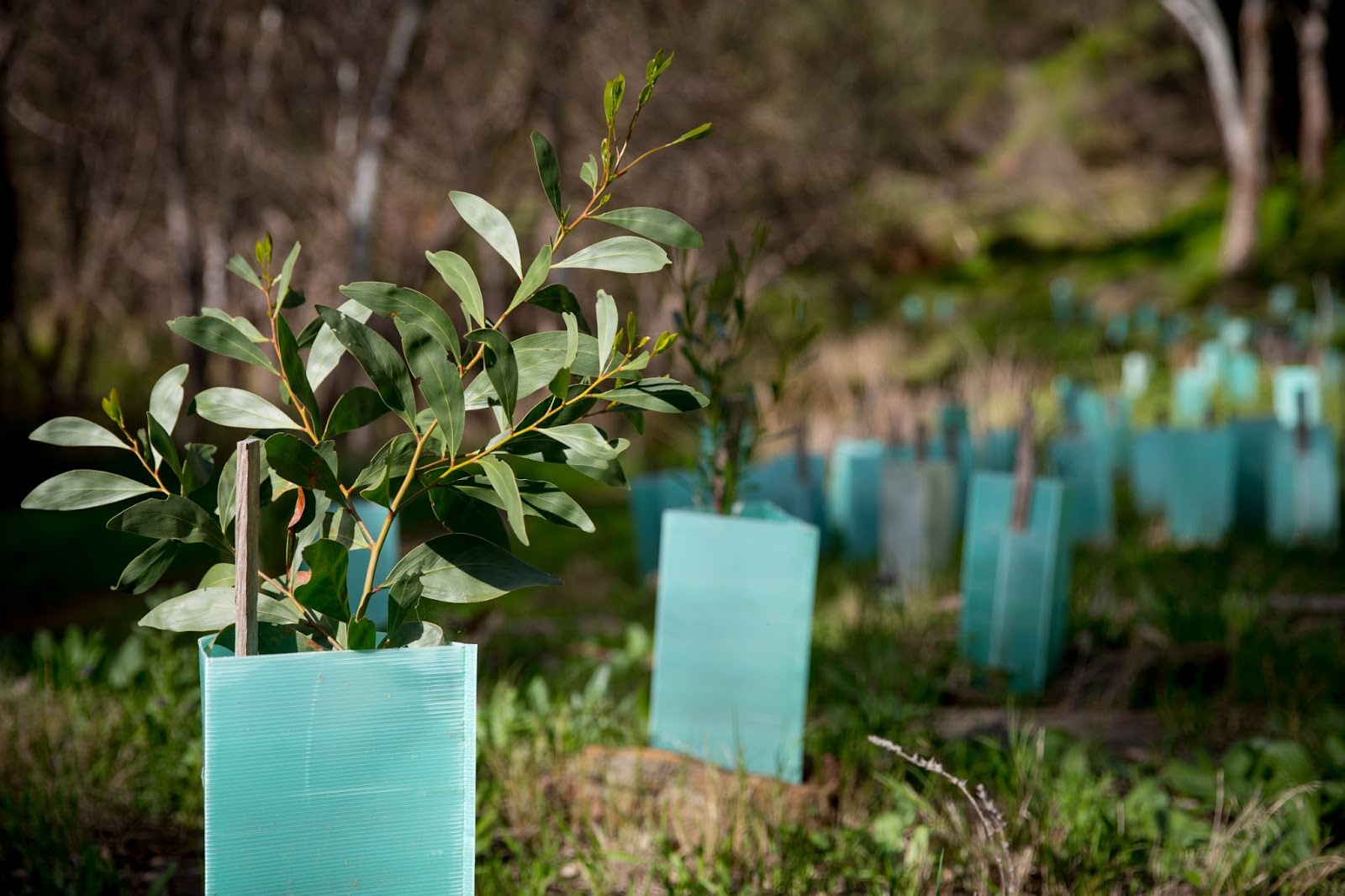
- Increase Forest Awareness
Helping forest owners and users to better understand their forests, their needs and the tools and techniques available to sustainably manage forests for optimum health and a long-term future. We highly value forest education and as such have developed a wealth of articles to guide private native forest owners in understanding their forests, from tree species and protecting forest dwelling wildlife to the forestry management options available and the science behind them.
There is a wealth of resources available from the Department of Primary Industries and Local Land Services, to Forestry Australia and Timber NSW. Forest Learning is a fabulous tool for educators and students K-12, with resources on Australian forests and sustainable timber products. They even provide free teacher packs to engage students in the classroom. Many Australian and international universities and TAFEs offer forest-related courses due to the significance and importance of the industry.
- Forest Monitoring & Evaluation
Monitoring of Australia’s native forests and plantations for ecological, economic and social values, as well as productivity and recovery after bushfire, is of significant importance. As such the Department of Primary Industries has a dedicated team of Forest Resources Assessment experts who use remote sensing, GIS, spatial modelling, biometrics (including sampling design strategies) and ground measurement techniques to evaluate NSW forests. Quantitative information on the status and trends present in NSW native forests and plantations is an available resource to forest managers who can utilise the research and data available to inform private native forestry plans for your forest.
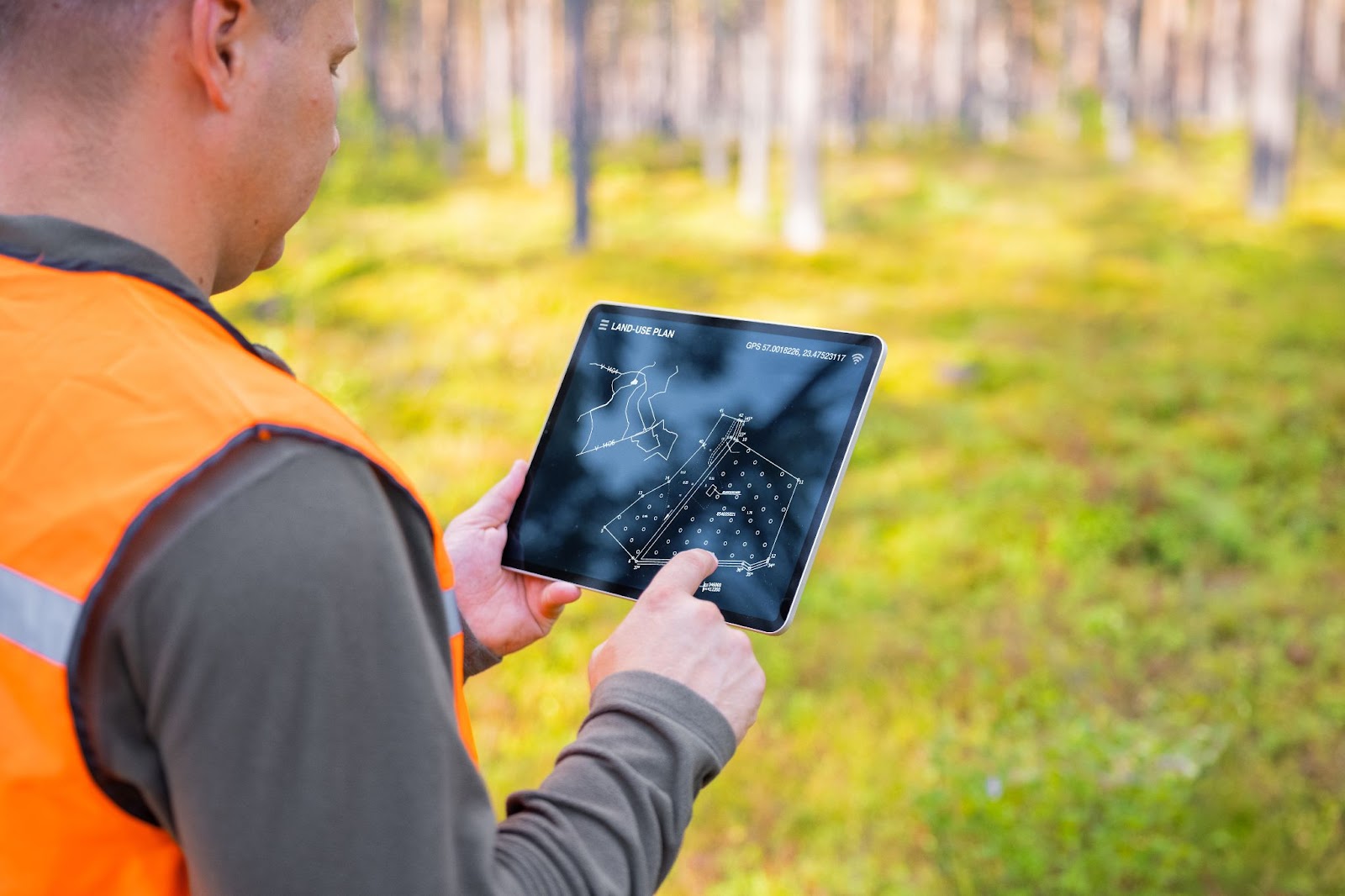
How Can I Better Manage My Forest?
We are here to help. With several decades of combined experience in private forest management, including management strategies and techniques, we can help your native forest get in better shape to ensure its value as a long-term asset for generations to come.
We encourage you to get in touch with us today for a free no-obligation assessment to better understand the current health and value of your private native forest. Please contact us or call 1300 367 378 today.
